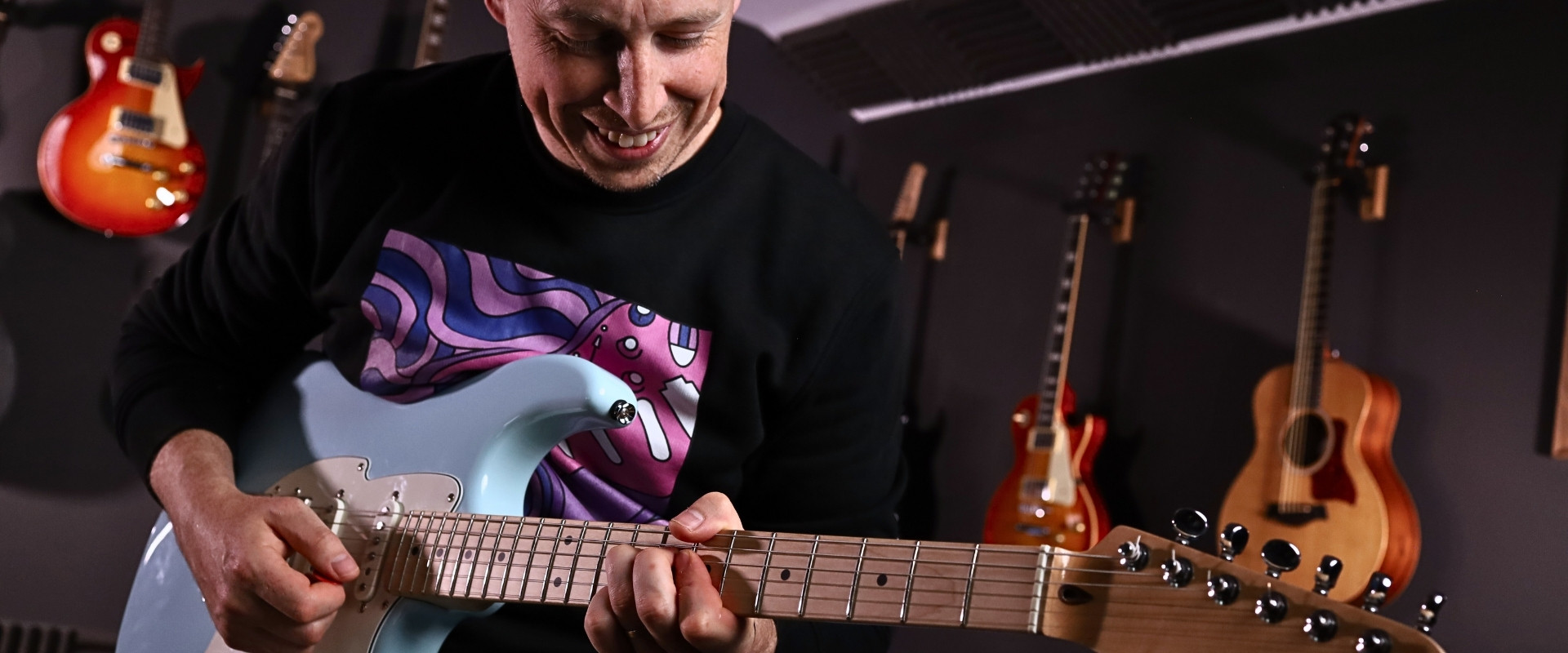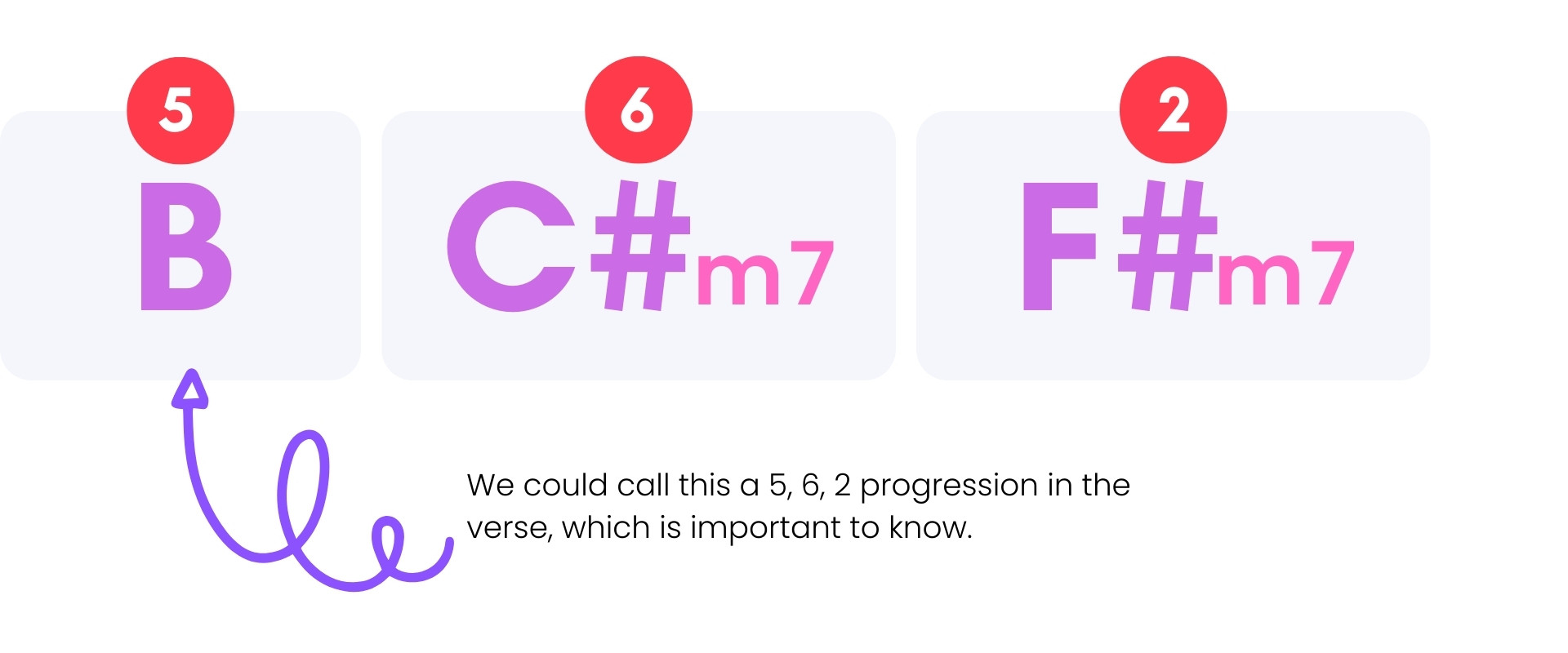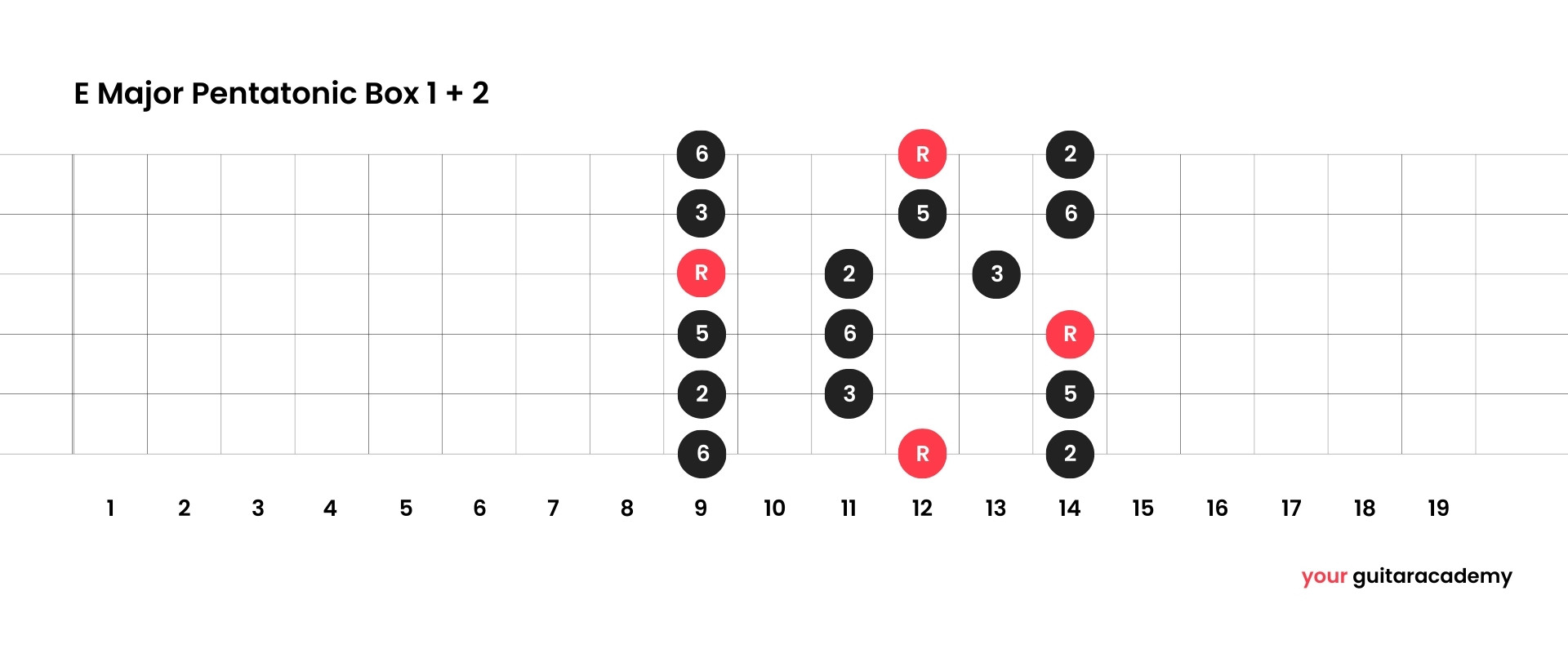John Mayer’s influence on contemporary guitar playing is undeniable, and for many guitarists, including myself, he’s a major source of inspiration. His blend of blues roots, drawing from legends like Clapton and the Kings, with modern pop, rock, and R&B sensibilities creates a unique and captivating style. If you’re looking to delve into Mayer’s signature sound, “Slow Dancing In A Burning Room” is an essential song to learn, and understanding the Slow Dancing In A Burning Room Chords is your first step.
This lesson will provide you with an in-depth guide to mastering the chords and structure of “Slow Dancing In A Burning Room”. We’ll break down the song into manageable sections, covering everything from the intro and verse to the chorus and iconic guitar solo.

Decoding the Intro, Verse, and Chorus Chords
The foundation of “Slow Dancing In A Burning Room” lies in its captivating chord progression. Before we dive into the specifics, let’s establish the key, scales, and overall structure to provide context for the slow dancing in a burning room chords.
The song is in the key of C# minor, which can also be viewed as E Major. The primary chords that form the backbone of the intro, verse, and a significant portion of the song are C#m7, A major, and E major. These chords create a beautiful and melancholic harmonic landscape, characteristic of Mayer’s songwriting.

Understanding how these slow dancing in a burning room chords fit together is crucial. In the key of E major, this progression can be analyzed as a 6-4-1 progression. While the song can be interpreted in C# minor, the resolution to the E major chord gives a strong sense of E as the tonal center. Exploring scale harmonization will further illuminate the relationship between these chords within the key.
The intro and verse share the same chord progression, simplifying the learning process. This 6-4-1 structure provides a solid foundation for the song’s emotional core.

Moving into the chorus, the chord palette expands, drawing in more chords from the key of E major (or C# minor). The chorus progression introduces B major, C#m, and F#m chords. This expansion creates a lift and emotional intensity in the chorus, contrasting beautifully with the verse. This progression makes “Slow Dancing In A Burning Room” an excellent study piece for understanding chord relationships within a key and how different sections of a song can utilize harmonic variation.
Beyond the basic slow dancing in a burning room chords, Mayer masterfully incorporates subtle licks and embellishments around these chords. Many of these techniques are rooted in the CAGED system, a fundamental framework for understanding the guitar fretboard and creating melodic ideas. For a deeper dive into this, resources like our Unlocking CAGED courses can be invaluable. Furthermore, exploring intermediate rhythm guitar techniques, as covered in courses like Intermediate Rhythm, will enhance your ability to capture the nuances of Mayer’s playing style.

Unpacking the Guitar Solo
The guitar solo in “Slow Dancing In A Burning Room” is a masterclass in melodic phrasing and emotional expression. It’s considered by many to be one of Mayer’s finest solos, blending bluesy sensibilities with impressive technical flourishes. The solo is built upon the C# minor / E major pentatonic scale.
The solo primarily utilizes boxes 1 and 2 of the C# minor / E major pentatonic scale, providing a framework for the melodic ideas.

While understanding the scale is essential, the true essence of this solo lies in its dynamics and “feel”. Mayer’s playing here is characterized by nuanced articulation, subtle bends, and a deep connection to the emotional content of the song. When learning this solo, focus on capturing the spirit and emotion behind the notes, rather than rigidly adhering to every single nuance. In fact, allowing your own musical personality to emerge and improvising within the scale can be a rewarding approach. Ultimately, the solo serves as a fantastic study piece for developing your melodic phrasing and expressive playing.
Elevate Your Guitar Journey
“Slow Dancing In A Burning Room” offers a rich learning experience for guitarists seeking to expand their understanding of chords, song structure, and soloing techniques. If this lesson has ignited your passion to delve deeper into John Mayer’s style and guitar playing in general, there are numerous avenues for continued learning. Consider exploring resources like dedicated John Mayer Player Study courses for an in-depth analysis of his techniques and musical approach. For a structured learning path and access to a wealth of guitar lessons, platforms like Guitar Club (offering a trial period) can provide a roadmap to achieving your guitar goals. By mastering the slow dancing in a burning room chords and exploring the techniques within this song, you’ll be well on your way to developing your own expressive and nuanced guitar voice.

